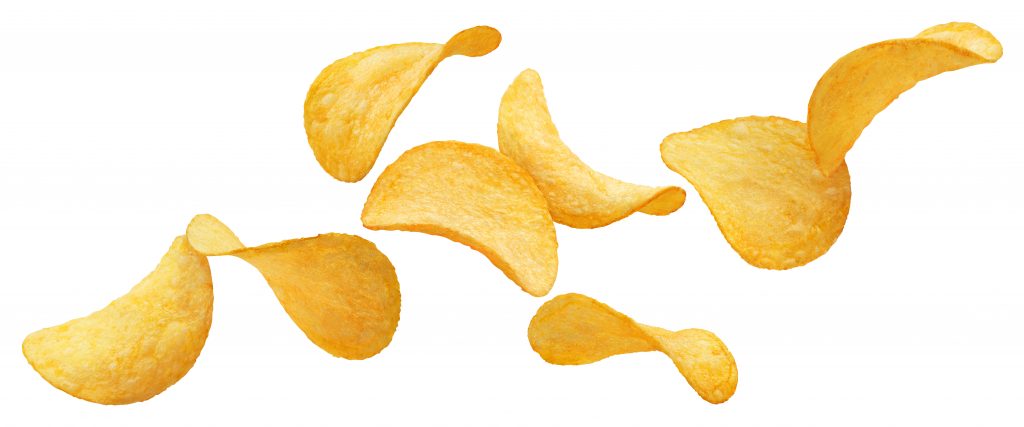Once babies begin eating solid foods, they will invariably begin ingesting more ingredients like salt and sugar which may not have been in their previous diet. It is important for parents to monitor their salt intake in their baby’s or toddler’s diets.
Where is Salt Hiding?
Mayo Clinic says that “table salt, or sodium chloride, consists of roughly 40% sodium and 60% chloride. In the U.S., approximately 90% of sodium consumption comes from sodium chloride.”
Salt is an ingredient in baby formula and initial baby foods, but once children start eating more mainstream foods, parents need to be aware of too much sodium.
“While salt is a compound that all humans need in their diets, babies shouldn’t get too much of it because their developing kidneys aren’t yet able to process large amounts of it,” said Healthline. “Babies fed a salt-rich diet tend to have higher blood pressure levels during childhood and adolescence, which may increase their risk of heart disease later in life.”
Sometimes parents may not be aware of hidden sodium in certain foods. According to SolidStarts.com, common culprits include:
• condiments like aioli, fish sauce, ketchup, mayonnaise, mustard and soy sauce
• deli meat and cured meats like bacon, ham and sausage
• olives, pickles and other preserved vegetables
• parmesan and other hard cheeses
• pre-made packaged foods like nuggets, pizza and tater tots
• salty snacks like cheese puffs, chips and crackers
Where Do Toddlers Get Their Salt
In addition, SolidStarts.com says that “offering food that is very high in sodium, such as condiments, cured meats, salty cheeses, and store-bought prepared food can fill up space in the belly and, as a result, lower a child’s motivation to try other foods.”
Before a baby turns one year old, most of their recommended sodium intake comes from formula, breast milk or baby food. Once toddlers begin eating more table foods, some sodium is acceptable. “In the United States, recommendations for [1-3-year-old children] average 800 milligrams of sodium per day. That’s about 0.4 teaspoons (2 grams) of table salt per day,” said Healthline. “Babies under 12 months should not get any additional salt through their diet. Intakes between 0.4–0.5 teaspoons of salt appear safe in children up to 4 years old.”
While offering some processed foods and snacks is okay occasionally, parents are advised to cook meals at home to better monitor the amount of salt.
How to Reduce Salt Intake
“Cooking meals at home also can significantly reduce sodium intake, specifically with the use of spices and herbs to replace sodium and enhance flavor. Reading nutrition facts labels
of boxed, bagged and canned foods is important,” said Mayo Clinic. “Look for products that contain less than 140 – 200 milligrams of sodium per serving. At each meal, try to have only one product that comes from a bag, box or can.”
SolidStarts.com recommends certain strategies for reducing sodium once your baby starts to eat more solids.
“Before salting a dish, set aside a portion for the child, then season the rest of
the dish with salt to taste for yourself. Use a low- or no-sodium product when it is available, and it works with your meal. Dilute sodium-rich dishes, such as mixing plain rice into a regularly seasoned rice dish.”
As always, it is important to check with your pediatrician if you are concerned with sodium levels and its effects on your baby or toddler.
Related Articles:
Oatmeal: The versatile and healthy breakfast option
11 Foods you DO NOT need to refrigerate

